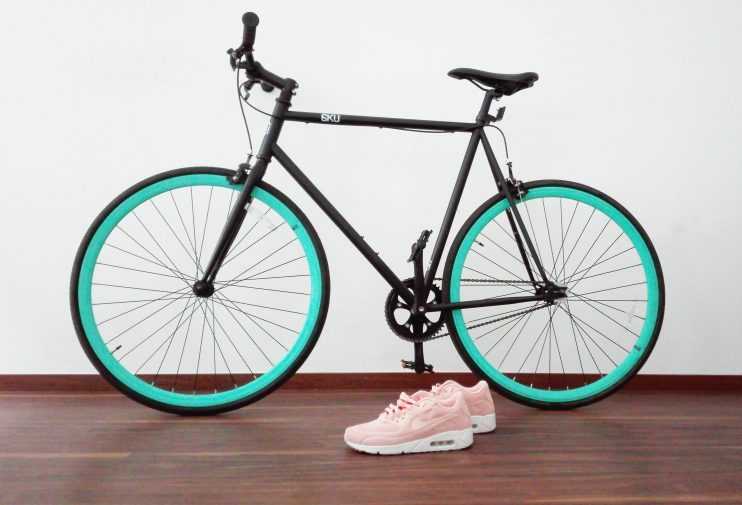
I am so incredibly proud of my coaching clients. Many are senior leaders from small, non-profit organisations and few have extra funds sitting around for apparent ‘non-essentials’. It would be so easy for them to neglect their people, to just get their heads down, get the job done and expect others to do the same.
And yet they all know that the happiness and wellbeing of their team is far from simply ‘nice to have’. All the research says that, as well as making people feel good, paying attention to wellbeing leads to higher engagement and improved performance. So, they take that seriously.
One of my CEOs recently had a major financial blow. Yet she’s still planning to take her team away so they can bond and celebrate their successes together. They’ll just be staying at the Youth Hostel now.
But, it’s not easy, is it?
How many small charities do you know that have a dedicated HR person whose core work includes creating a wellbeing strategy and monitoring it? Not many, I’m sure. And yet even small charities have a duty of care to their employees. So, what’s possible for you?
Lots!
Top tips
Here are the strategies I share with coaching clients to help them create a wellbeing toolkit that works and costs next to nothing:
- The number one strategy is to model good behaviour. Leaders are hugely influential in creating a strong wellbeing culture. So, take a lunch break. Be seen to use your annual leave. Don’t work crazy hours. Champion mental health by talking about it and making talking about it normal.
- One of the pillars of wellbeing identified by the New Economics Foundation’s ‘Five Ways to Wellbeing’ report is to Move. Apparently, for every eight hours at a desk we need to do one full hour of exercise. So how can you get your people moving?
-Hold standing meetings. This has the added benefit of keeping them short, which can’t be a bad thing!
– Encourage people to take the stairs and to walk to outside meetings whenever they can.
– Walk across the office rather than phoning or emailing each other.
– Sign up to do a 10-minute daily or weekly workout (The British Heart Foundation has a great video that your whole team can follow along with at the same time, even the remote workers.
– Can you join the Cycle to Work scheme where employees get 25% off a bike?
 Another of NEF’s recommendations is to Give. This may seem counter-intuitive when there is so much to do and resources are scarce, but carrying out an act of kindness every day shows you care, boosting the wellbeing of both giver and receiver. What could you do to encourage giving in your organisation? Here are some ideas:
Another of NEF’s recommendations is to Give. This may seem counter-intuitive when there is so much to do and resources are scarce, but carrying out an act of kindness every day shows you care, boosting the wellbeing of both giver and receiver. What could you do to encourage giving in your organisation? Here are some ideas:
– Do the usual tea run but with added benefits (washing up too, perhaps?)
– Create an Appreciation Station. One of my clients, Alzheimer Scotland, invites team members to take it in turns to write a ‘shout out’ to a colleague and stick it to a noticeboard. They use the board to shout about what an amazing manager someone is or how brilliant a colleague’s presentation was. It’s such a simple thing, costs virtually nothing and gives everyone a wellbeing lift.
– What skills can your team share with each other? At another of my clients, the spinal cord injury charity, Aspire, the CEO runs a weekly spinning class (well, the offices are attached to a leisure centre). This won’t be possible for you, but what is? Your team will have a huge number of gifts and talents from cake-making to yoga which could be brought into the workplace, creating an environment where gifts are celebrated.
– Give your team members the gift of time. Create opportunities to check in with how they really are and really listen, without advice. This is offering your team an absolute gem of a gift and they will really appreciate it. Encourage them to do the same for each other.
The three other Ways to Wellbeing identified by NEF are 1) Connect with others 2) Keep learning new things 3) Take notice. Keep a look out for more on those in future blogs.
Over to you
What could you do to embed staff wellbeing into the culture of your organisation? Perhaps, like Alzheimer Scotland and Aspire, you have your own initiatives that work brilliantly for you and your team. I’d love to hear your thoughts and ideas, so please do share in the comments below.
What next?
I’m currently putting together a no-cost taster workshop/talk on wellbeing for non-profit teams. Working title – Be Well; Be Happy. If you’d like to chat to me about booking this for your organisation, drop me a line at katie@be-the-change.org.uk. You can let me know what you think of the title too.
